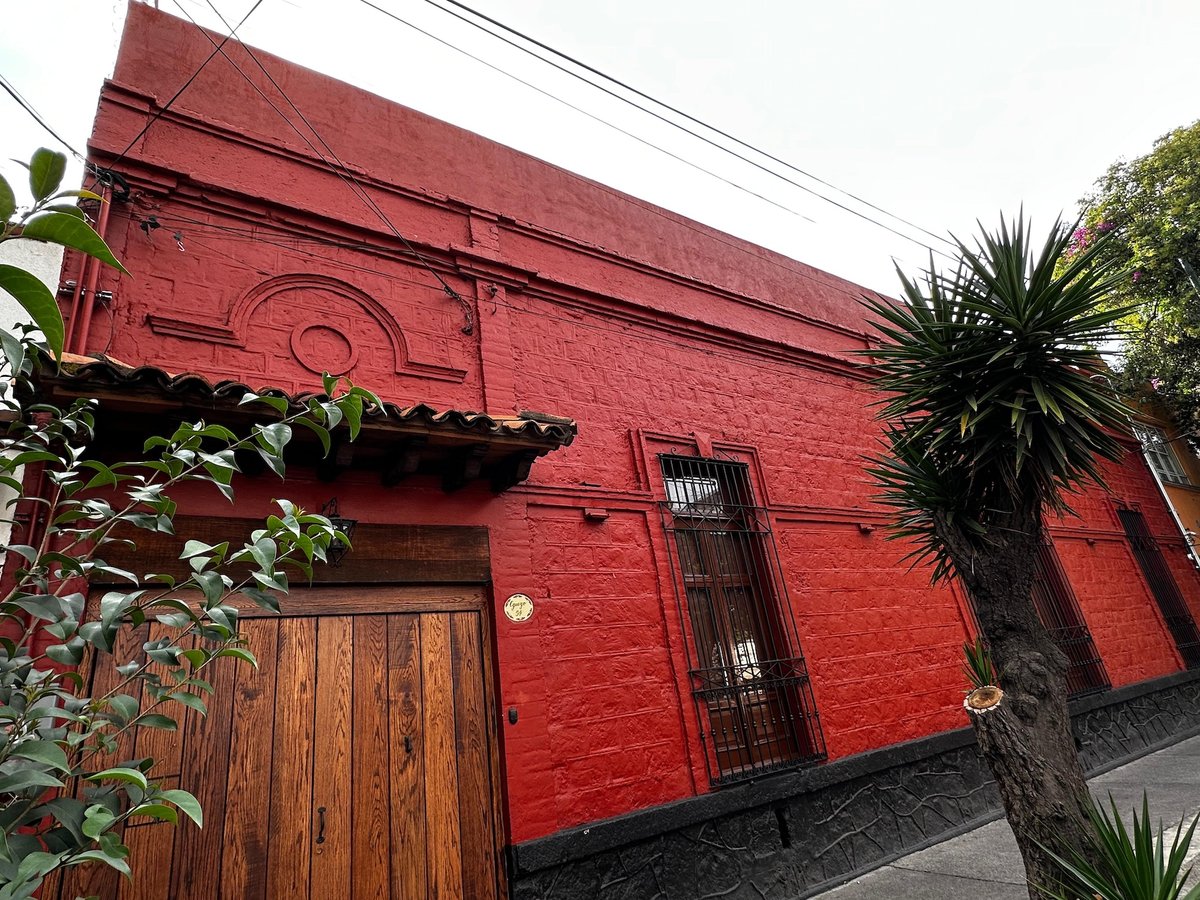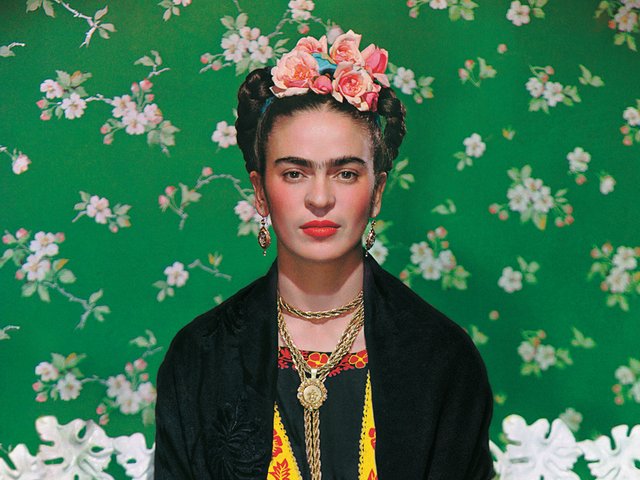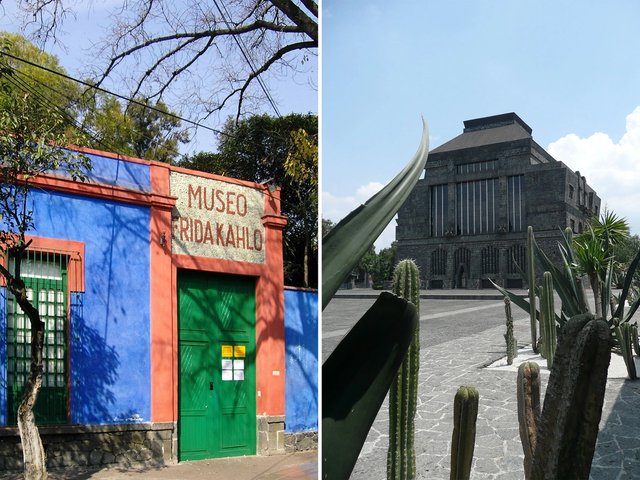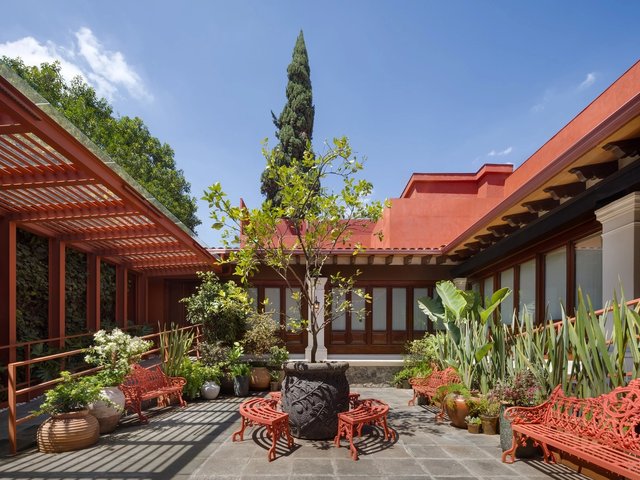Frida Kahlo’s family has announced the 27 September opening of a new museum near the famed Casa Azul in Coyoacán, Mexico City. The move strengthens the neighbourhood’s status as the leading Kahlo pilgrimage site and reaffirms the artist’s global reach. Museo Casa Kahlo, also known as Casa Roja, will offer an intimate view of the artist’s formative years, displaying the objects, documents and photographs her family kept at the home. It is the first museum run by Kahlo’s descendants.
The property, often frequented by Kahlo in her lifetime, belonged to her parents and later to her younger sister, Cristina. It has remained in the family for decades, along with a private archive. That archive was first examined in Luis-Martín Lozano’s 2007 book Frida Kahlo: El Círculo de los Afectos. Over time, interest in the site and its archive has grown. For years, Mara Romeo Kahlo, Kahlo’s grandniece and Cristina’s granddaughter, welcomed some researchers and public figures like Salma Hayek into her home, before turning it into a museum.
Casa Roja shares a moniker similar to Casa Azul—Kahlo’s birthplace, which became a museum in 1958 through a trust established by her partner, the artist Diego Rivera. Casa Azul focuses on Kahlo’s adult life, while Casa Roja will be dedicated to the artist’s childhood with objects ranging from Kahlo’s dolls, clothing and jewellery to personal letters and photographs made by her photographer father, Guillermo. ("Frida’s writing is creative, witty and sharply observant of her time," says Ana Garduño, a researcher at Mexico’s National Institute of Fine Arts, "revealing her voice and intriguing personality throughout.") Cross-stitch work Kahlo did at age five, her first oil painting and a recently discovered mural work—believed to be the only one she made—will also be on view.
Casa Roja will be led by Adán García Fajardo, who currently serves as the academic director at Mexico City’s Museum of Memory and Tolerance, and overseen by the newly founded Fundación Kahlo—a New York-based non-profit that champions Latin American art and operates independently from the trust that manages Casa Azul. (That trust, operated by the Bank of Mexico, is currently immersed in controversy; the former director Hilda Trujillo Soto claims that some of Kahlo’s works are missing from the museum, an issue carrying serious implications for Mexican heritage.)
Casa Roja will add to Coyoacán’s standing as a top destination for Kahlo tourism. The area will now include two Kahlo museums next to selfie-friendly life-size bronze statues and street murals. The new museum is also part of Mexico City’s growing number of hybrid, privately owned cultural spaces—Fundación Fernando Romero will soon fully open the architect Luis Barragán’s La Cuadra San Cristóbal as well.
Casa Roja further reinforces Kahlo’s seemingly endless global appeal. “Kahlo was able to transform the personal into something universal, allowing people to see and feel themselves in her paintings,” says Celia Stahr, the author of Frida in America: The Creative Awakening of a Great Artist (2020), highlighting Kahlo’s raw, vulnerable language.
“Thirty years ago, Fridamania was deemed a trend, yet Kahlo’s interest continues to grow beyond her art,” says the Kahlo expert Gregorio Luke. “In a way, Frida staged her life as an artwork.”
Mara Romeo Kahlo said in a statement: “Frida’s legacy belongs to the world, but it begins here—on this land, in these homes and in the culture that shaped her.”







